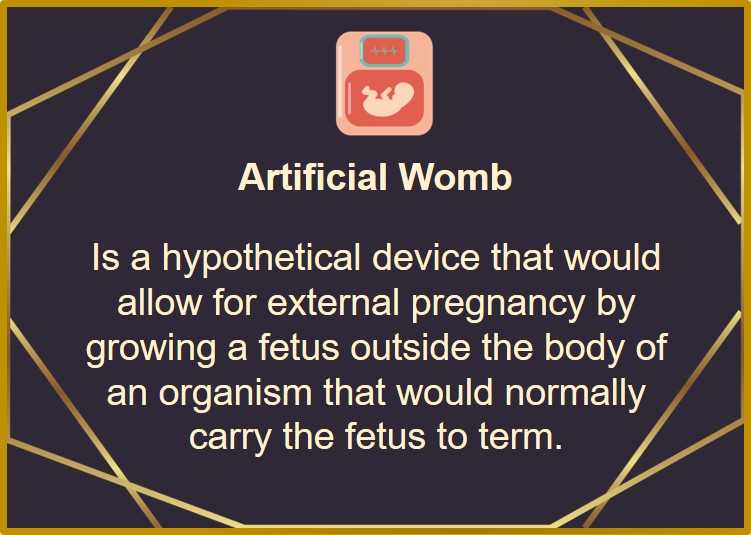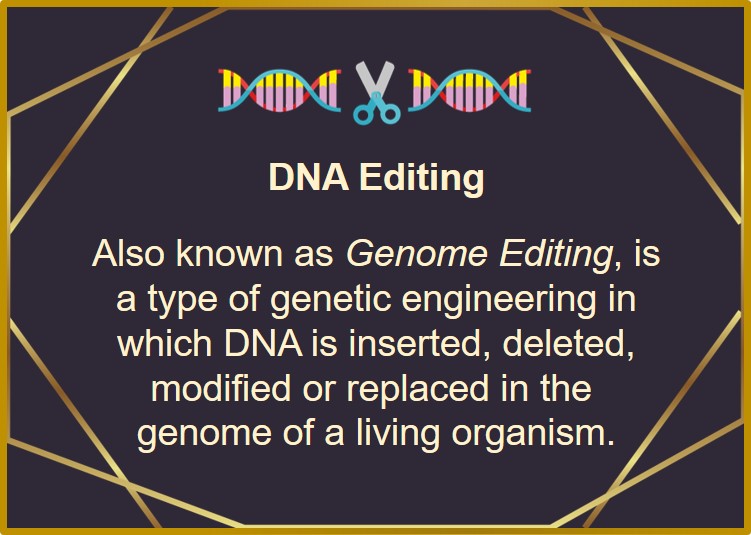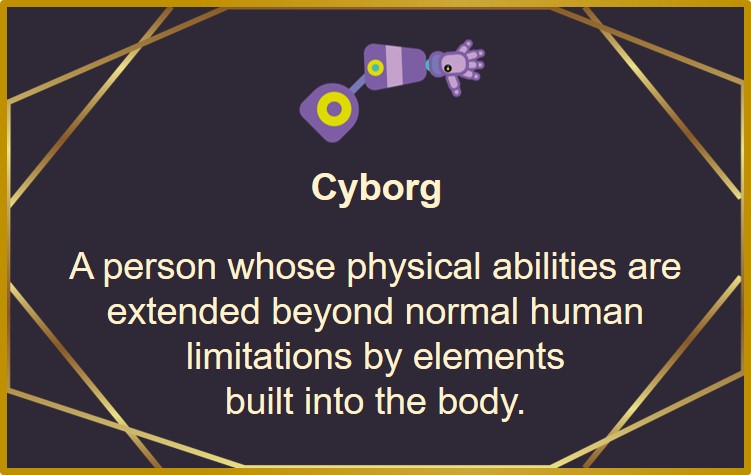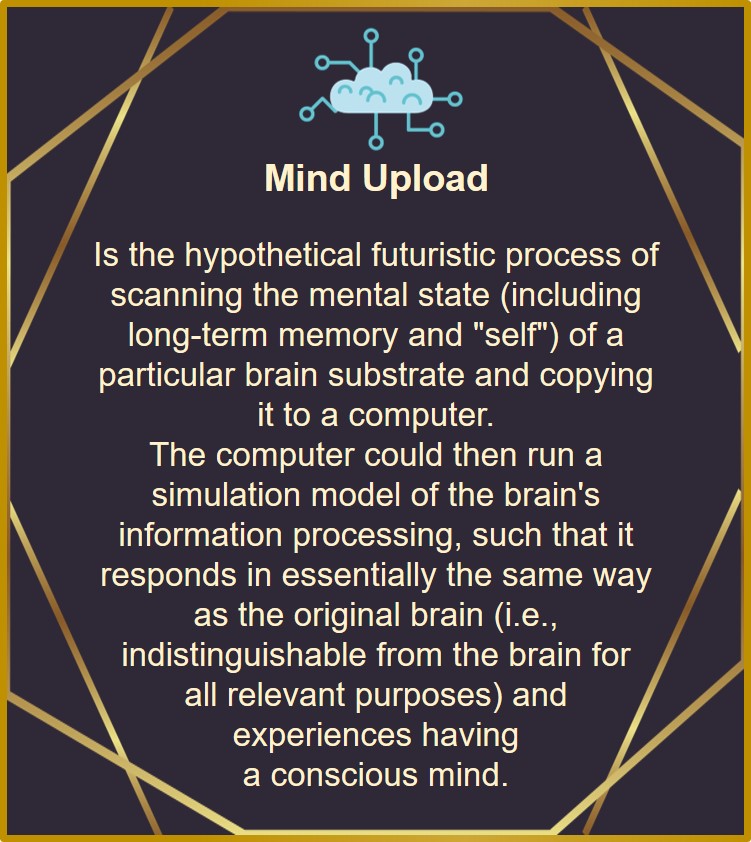Technology today is moving at a rate faster than at any other moment in human history. So much so that children today will be working in jobs that don’t exist today. While this has important implications on life long learning and finding a balance of life, work and upskilling for change, this also has implications on what it means to be human. These technological advancements merit a thoughtful and inclusive conversation across political parties, national borders and cultures. Scientists, politicians and the civic public alike have a moral imperative to discuss these transformative technologies to make sure that future generations are not left with undue moral and ethical burdens of decisions made today.
The technological acceleration is touching on fundamental aspects of what we know (and have known) to be the human experience. Since the beginning of homo sapien existence humans have been gestated inside the bodies of women and delivered through the vaginal canal – more recently in human history cesarean operations offered an alternative. Despite the technological advances in sonogram technology that allow soon to be parents to see 3D images of their unborn baby and in-vitro fertilization that helps women become pregnant, the process of gestation has remained the same, inside the uterus of a woman’s body. However, developments in artificial womb technology are set to transform the human experience of pregnancy all together by removing the whole process away from the female body.

While this remains a hypothetical technology for humans, it has been trialled successfully with premature baby lambs. Would an artificial womb that could save premature babies have ethical or moral implications? Would gestation entirely outside the uterus have ethical and moral implications?

Also set to transform the field of homo-sapien procreation is DNA editing which would mean an intentional human altering of the human genome itself.
Fascinating research has been done in the area of gene editing to enhance human muscles, eye sight, cognitive abilities and many other aspects of the human body. While this research remains subject to regulation and is controversial around the world, a Chinese scientist has recently announced that he has edited the DNA of twins to edit out an HIV gene – how he has done the modification constitutes a germline edit which means that these twins will pass on these genes to their children and future generations. This is the first known editing of human embryo that has been brought to full term and delivered. It is unknown if and what the secondary or tertiary effects are of this edit will be. This poses a multi-generational ethical conundrum, do those today have the right to edit genes in a way that affects future generations? If not, why? If so, how come? There are many parents who would like to prevent their offspring from carrying hereditary diseases and illnesses. Would new forms of discrimination arise? Is there an ethical fine line between preventing blindness an giving a baby super sight?
Regardless of whether or not DNA editing will be able give our species super human abilities, there will always be Cyborg options available. Some argue that the mere use of a hammer or a car makes us cyborgs as hammers give us super strength and cards give us super speed. Elon Musk has made the argument that mobile devices constitute a form of memory enhancement as they are used for memory storage for phone numbers and maps. He also feels that our social media profiles constitute a digital version cyborg version of ourself.

However, there are people who have made surgical enhancements to their body in efforts to augment and enhance certain human abilities. Named the world’s first cyborg, Neil Harbisson, was born completely color blind, wanted to be able to experience color and underwent cranial surgery to implant “an antenna that allows him to ‘hear’ color through vibrations in his skull. His new color sound vibration sense led him to create original music and teach musicians how to play the sound of color. There are other cyborgs who have enhanced their bodies and a growing community of biohackers who are looking to expand their body’s horizon and experience the human body in new ways.
There are many possibilities that the future holds, while some may appear unusual today, they may seem more normal in the future. Perhaps one emerging technology that is particularly perplexing for the human experience is mind uploading.
If one where faced with the famous expression “The only thing certain in life is death and taxes” and was asked Which one of these two things do you think will not exist in the future? The most logical answer would be taxes, because death is part of the mortal human experience. In fact, death is part of all living organisms in our planet across time and space.

Currently there are companies that are working to improve human longevity and the quality of our lived experiences inside the bodies we are born with. Others are exploring how organs and custom body parts can be manufactured to make the body last longer. There seems to be a general scientific understanding that our general health and longevity as improved in the 20th century. However could humans live indefinitely? Mind uploading or whole brain emulation suggests that perhaps the physical human experience could be transferred to a new digital experience where the body was irrelevant. A famous proponent of this is Futurist Ray Kurzweil who predicts that in a few decades we will have reached longevity escape velocity which is a hypothesized situation where life expectancy will be extended longer than the time is passing. Kurzweil believes that we will increasingly become non-biological to the point where we will become more machine and have virtual bodies. In fact, Elon Musk’s company Neuralink is hoping to connect humans to machines in a minimally invasive way, and a start-up called Nectome is hoping to freeze the brain and preserve memory for when ‘consciousness’ can be transferred to a virtual body.
Given some of these technological developments it may seem that science fiction is increasingly becoming science reality. These developments need to be in sync with an inclusive and cross cultural discussion on what this means for human continuity and well-being.
One project trying to do this is Sapien 2.0 is a multi-lingual game about emerging technology and humanity. The languages included in its debut edition are: English, Spanish, Russian, Chinese and Arabic. Using anticipatory prompt questions, it provokes imagination to creatively forecast one’s position on new situations that emerging technologies will bring about.

The conversational exercise explores topics on universal elements of the human experience such as birth, love, work, sex, leisure and death.
The intention? A thoughtful, inclusive and diverse conversation about technologies that affect us all. Try it out!
About the author
Dr. Lydia Kostopoulos (@Lkcyber) is an educator in the field of disruptive technologies and national security, a designer of functional suits for women, a maker of art about artificial intelligence, a creator of experiences, a researcher of new tech, a persistent wellness advocate, and a promoter of women’s ability to pursue their lives without barriers. She is a foodie who admires architecture, is fascinated by urban design, enjoys traveling, learning languages, enjoys baking cupcakes, and she hopes you will enjoy Sapien 2.0: A Game about Emerging Technology and Humanity.


